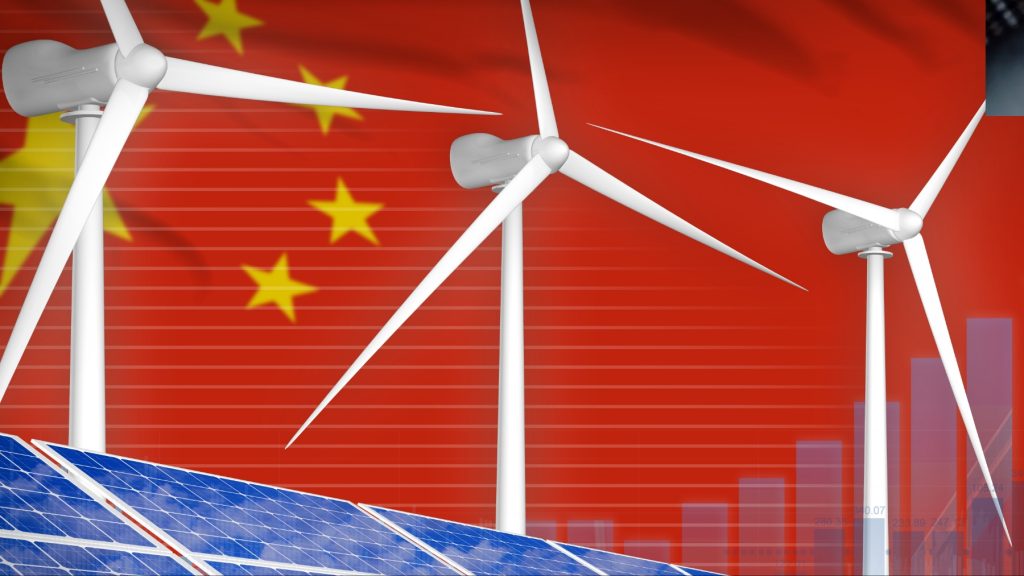
State-owned Jinneng Holding Group Co. has started construction on a $7.7 billion renewable mega-project in Shanxi province as part of China’s sustainability and transformation plans.
- The project combines wind turbines, solar panels, and battery storage and repurposes an old mining area of the province.
- It aims for 6 gigawatts of wind and solar capacity and 3.4 gigawatt-hours of energy storage.
State-owned Jinneng Holding Group Co. has broken ground on China’s $7.7 billion renewable mega-project in Shanxi province.
This very expensive and extensive project is part of China’s sustainability and transformation plans. It combines wind turbines, solar panels, and battery storage in an old mining area in the province.
For years now, China has been known as the biggest polluter in the world, which makes sense considering its population (1,425,412,907 as of writing this article) and how industrialized it is. Everything gets made there.
In 2020, China made the biggest commitment ever made by a nation. They pledged to go carbon neutral by 2060. That’s a very tall order. But if any country can pull this off, it’s China. It’s not the U.S.’s Boogeyman for naught.
Chinese President Xi’s strategy for new energy security and a sustainable, low-carbon future, “Four Revolutions, One Cooperation,” revolves around four main ideas:
- Consumption: Promoting energy efficiency and conservation across all sectors, encouraging a shift towards more sustainable lifestyles and consumption patterns.
- Supply: Increasing the share of clean and renewable energy sources in the energy mix, including solar, wind, hydro, and other forms.
- Technology: Accelerating innovation in clean energy technologies, including energy storage, grid modernization, and carbon capture and utilization.
- Institutional Governance: Reforming energy market mechanisms, establishing effective regulatory frameworks, and fostering international cooperation on energy security and climate change.
The mega-project would contribute directly to increasing the share of clean and renewable energy as it would have 6 gigawatts of wind and solar capacity alongside a substantial 3.4 gigawatt-hours of energy storage. And as we move towards a more eco-conscious future, revitalizing coal mining areas into renewable energy centers ensures that coal workers do not get left behind.
Also, this project is set to become a model for the integrated development of the province’s new energy industry, subsidence area management, ecological tourism, and rural revitalization.
Vice Secretary of the Provincial Party Committee and Governor Jin Xiangjun declared when opening the site, “The project for the new energy base in the coal subsidence area of northern Shanxi is officially underway!”
The completion and operation of the project are expected by the end of 2025. Once operational, the project will feed clean electricity, totaling 27 billion kilowatt-hours annually, to Beijing, Tianjin, and Hebei through the Datong-Tianjin ultra-high voltage power line.
Inside Telecom provides you with an extensive list of content covering all aspects of the tech industry. Keep an eye on our Tech sections to stay informed and up-to-date with our daily articles.